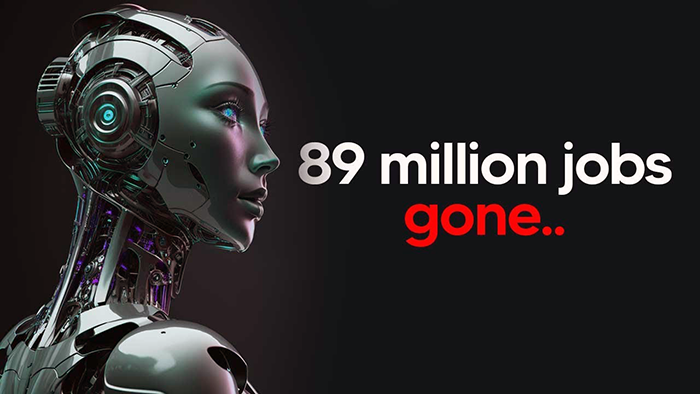Chatbots have been around for decades, but the technology has never been as advanced as it is today. With the development of AI and natural language processing (NLP), chatbots have become more intelligent, interactive, and human-like than ever before. The introduction of ChatGPT-4, the latest version of OpenAI’s GPT series, has raised some important questions about the future of chatbots and their impact on humanity. In this article, we will explore the potential benefits and risks of ChatGPT-4, and examine whether it is a threat to humanity or a valuable tool for our future.
Introduction to ChatGPT-4
ChatGPT-4 is an AI-powered chatbot developed by OpenAI, one of the leading companies in the field of AI and machine learning. It is the latest version of OpenAI’s GPT (Generative Pre-trained Transformer) series, which is designed to generate human-like responses to text input. ChatGPT-4 is capable of understanding and responding to natural language input, and can engage in conversations on a wide range of topics.
Benefits of ChatGPT-4
- Improved Customer Service: ChatGPT-4 can be a valuable tool for businesses looking to improve their customer service. It can handle a high volume of customer queries and provide quick and accurate responses, which can lead to increased customer satisfaction and loyalty.
- Personalized Experiences: ChatGPT-4 can be programmed to recognize and remember individual users, allowing it to provide personalized experiences and recommendations.
- Educational Purposes: ChatGPT-4 can be used in educational settings to provide students with interactive learning experiences. It can answer questions, provide feedback, and even generate its own questions and quizzes.
- Mental Health Support: ChatGPT-4 can be used as a tool for mental health support, providing users with a safe and anonymous platform to express their thoughts and feelings.
Related: How to Access OpenAI’s Most Advanced Language Model, Chat GPT-4 (4 Steps)


